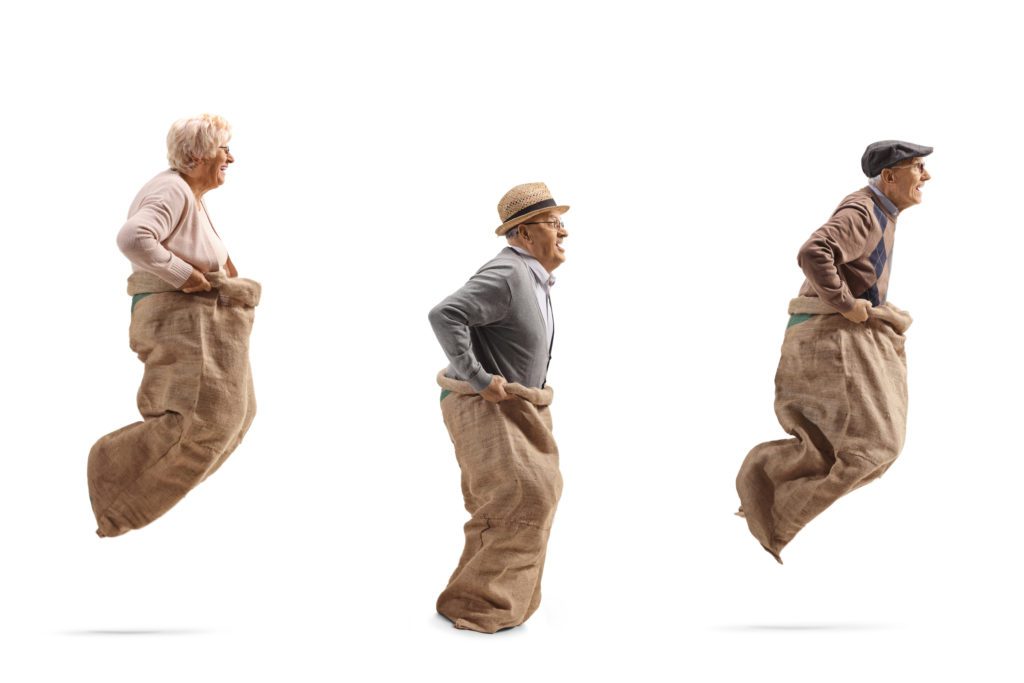attitude
Conquering the Hill – how a shift in perspective changed everything
There’s a steep hill close to where I live. When I say close, what I…
The Little Things
You know, when you zoom out and look at life, it’s easy to get caught…
How you see things
Someone once remarked that I was deluding myself. He said I saw the world through…
Why a positive attitude can help you live longer
After just ten days, they improved in memory, vision, hearing. They were stronger, more flexible, and ‘before’ and ‘after’ photos showed them to be two years younger.




